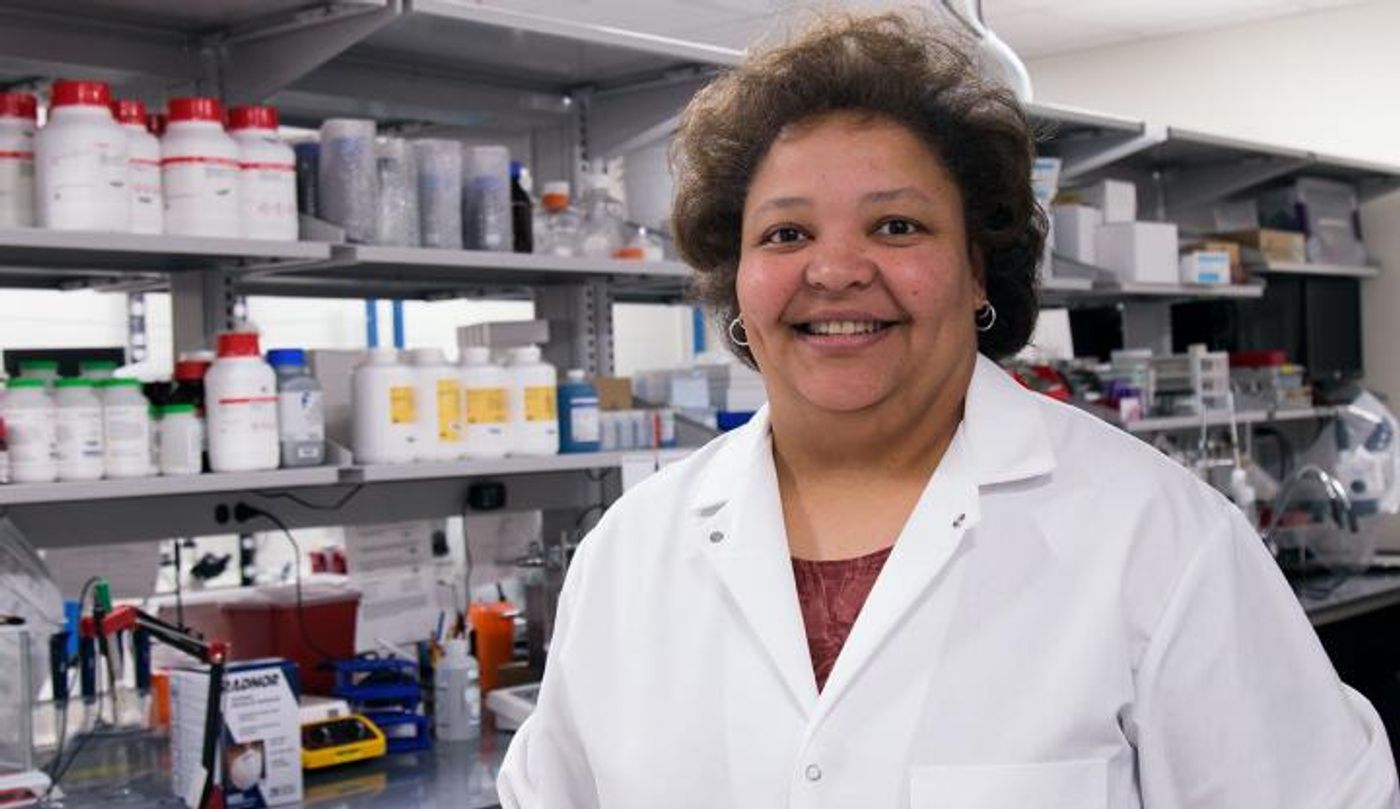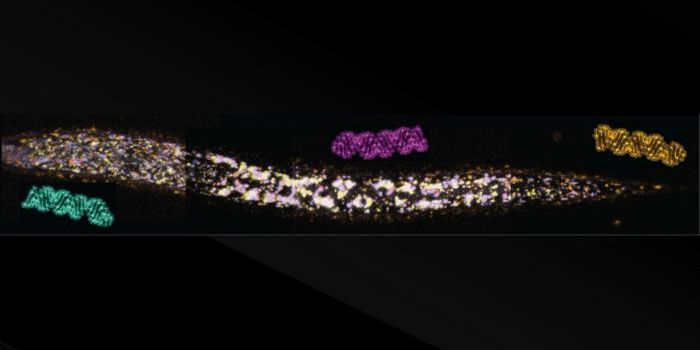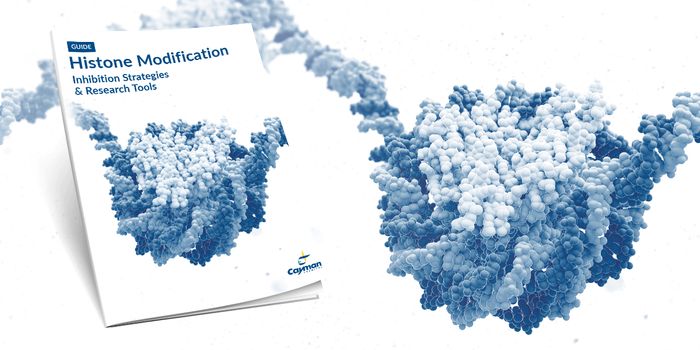Discovery of Bone Bits in Blood may Help Explain Vascular Calcification
Our teeth and bones contain 99 percent of the calcium in our bodies, and the rest is dissolved in the blood. Over time, calcium can build up in various tissues in the body, and cause them to harden in a process called calcification. This can be part of normal processes in the body, but may also be a sign of a disorder.
Researcher Rhonda Prisby, an associate professor of kinesiology in the College of Nursing and Health Innovation at The University of Texas at Arlington took a close look at the blood vessels that lie in bone marrow, which can begin calcifying and turning to bone as people age. When she studied these blood vessels in detail, she found particles that were like bits of bone in the circulation, and they have sharp edges.
"By examining seemingly unrelated images and linking the details of them together, I was able to posit the presence of bone-like particles in the blood," Prisby explained. "In fact, some of the ossified particles are large enough to clog the smallest blood vessels in the vascular tree."
An amputated leg from a 68‐year‐old man, human blood samples, and rodents were all examined. The study, which suggests that these bone-like particles could be contributing to the development of diseases like heart attack, stroke and vascular calcification, has been reported in Microcirculation.
According to the Centers for Disease Control and Prevention, about 735,000 people have a heart attack every year. Heart disease is to blame for nearly one in four deaths in the United States - around 610,000 people annually. Learn more about heart disease from the videos. In the next ten years, about twenty percent of the world's population will be age 65 or older. The elderly population commonly experiences vascular calcification, and while we know it's linked to aging, the mechanisms driving the process are not well understood. This work may help us learn more.
"Some of the ossified particles have sharp tips and edges that could damage the lining of blood vessels," said Prisby. "This damage could initiate events leading to atherosclerosis (plaque buildup), which can restrict blood flow over time."
Now that we know about these boney bits moving through the circulation, we can learn more about them. They may one day be useful as an early warning of disease or a target for therapeutic interventions.
"When looking for etiologies related to vascular calcification, heart attack and/or stroke, perhaps we should consider if and how ossified particles contribute to these diseases," noted Prisby. "My lab will examine these possibilities."
Sources: AAAS/Eurekalert! via University of Texas at Arlington, Microcirculation









